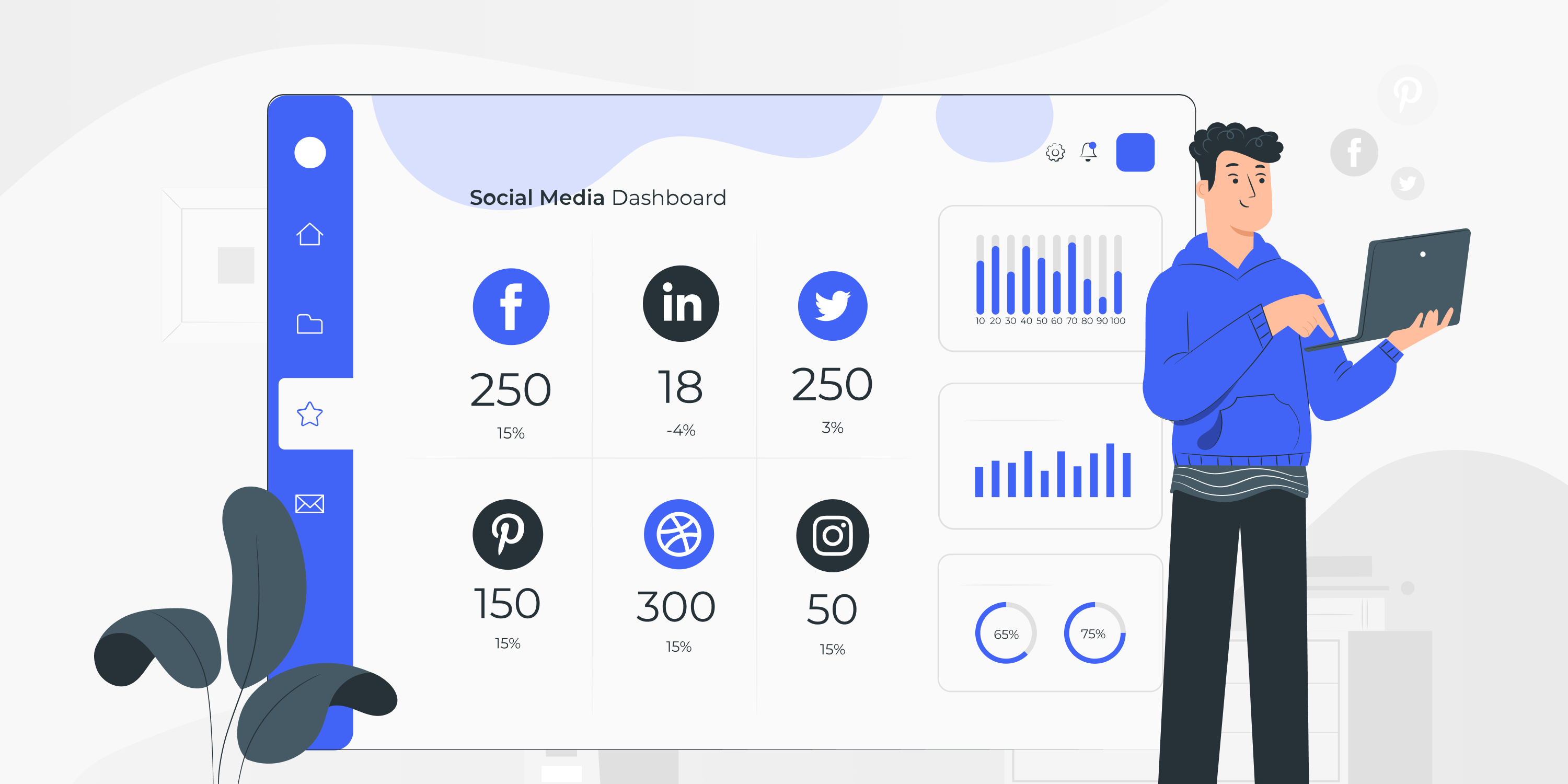Residential Proxies
Allowlisted 200M+ IPs from real ISP. Managed/obtained proxies via dashboard.

Proxies
Residential Proxies
Allowlisted 200M+ IPs from real ISP. Managed/obtained proxies via dashboard.
Residential (Socks5) Proxies
Over 200 million real IPs in 190+ locations,
Unlimited Residential Proxies
Use stable, fast, and furious 700K+ datacenter IPs worldwide.
Static Residential proxies
Long-lasting dedicated proxy, non-rotating residential proxy
Dedicated Datacenter Proxies
Use stable, fast, and furious 700K+ datacenter IPs worldwide.

Web Unblocker
View content as a real user with the help of ABC proxy's dynamic fingerprinting technology.
Proxies
API
Proxy list is generated through an API link and applied to compatible programs after whitelist IP authorization
User+Pass Auth
Create credential freely and use rotating proxies on any device or software without allowlisting IP
Proxy Manager
Manage all proxies using APM interface

Proxies
Residential Proxies
Allowlisted 200M+ IPs from real ISP. Managed/obtained proxies via dashboard.
Starts from
$0.77/ GB
Residential (Socks5) Proxies
Over 200 million real IPs in 190+ locations,
Starts from
$0.045/ IP
Unlimited Residential Proxies
Use stable, fast, and furious 700K+ datacenter IPs worldwide.
Starts from
$79/ Day
Rotating ISP Proxies
ABCProxy's Rotating ISP Proxies guarantee long session time.
Starts from
$0.77/ GB
Static Residential proxies
Long-lasting dedicated proxy, non-rotating residential proxy
Starts from
$5/MONTH
Dedicated Datacenter Proxies
Use stable, fast, and furious 700K+ datacenter IPs worldwide.
Starts from
$4.5/MONTH
Knowledge Base
English
繁體中文
Русский
Indonesia
Português
Español
بالعربية

Large Language Models Training Data: The 8 Main Public Data Sources
In the world of large language models, the quality and quantity of training data are crucial factors that directly impact the performance and accuracy of the models. Access to diverse and extensive datasets is essential for training language models effectively. In this blog post, we will explore the top 8 main public data sources that are widely used for training large language models. By leveraging these data sources, developers and researchers can enhance the capabilities of their models and achieve better results.
1. Wikipedia: A Treasure Trove of Information
Wikipedia, the largest online encyclopedia, is a goldmine of textual data covering a wide range of topics and subjects. With millions of articles in multiple languages, Wikipedia provides rich and diverse content that can be used for training language models. Its structured format and well-referenced information make it a valuable resource for natural language processing tasks.
2. Common Crawl: Web Data at Scale
Common Crawl is a non-profit organization that crawls the web and provides a publicly accessible archive of web data. This vast repository of web pages, text content, and metadata offers a wealth of data for training language models. Researchers can extract relevant textual data from Common Crawl's dataset to build and train their models on real-world web text.
3. OpenSubtitles: Movie and TV Show Subtitles
OpenSubtitles is a popular platform that hosts a large collection of movie and TV show subtitles in multiple languages. These subtitles provide a rich source of conversational and colloquial language data that can be used for training language models to understand informal language use, dialogue patterns, and context-specific expressions.
4. Gutenberg Project: Classic Literature Texts
The Gutenberg Project is a digital library that offers free access to a vast collection of classic literary works, including novels, poems, plays, and essays. By incorporating texts from the Gutenberg Project into training data, developers can expose language models to high-quality literature and diverse writing styles, enhancing their linguistic knowledge and understanding.
5. BookCorpus: Book Texts for Training
BookCorpus is a dataset composed of a large collection of books in English, curated for machine learning research purposes. This dataset contains a diverse range of genres, writing styles, and topics, making it a valuable resource for training language models on structured and coherent textual data from published books.
6. Project Gutenberg: Public Domain Books
Project Gutenberg is another renowned platform that offers a vast collection of public domain books and texts that are free to access and use. Researchers and developers can leverage Project Gutenberg's repository to enrich their training data with a wide variety of literary works, historical documents, and educational resources.
7. Reddit: User-Generated Content
Reddit, a popular social news aggregation and discussion platform, hosts a vast amount of user-generated content in the form of posts, comments, and discussions on diverse topics. By extracting text data from Reddit threads, developers can train language models on informal language use, internet slang, and community-specific jargon, improving their ability to understand and generate human-like text.
8. Kaggle Datasets: Curated Data for ML
Kaggle, a well-known platform for data science and machine learning competitions, provides a wide range of curated datasets for various research and analysis purposes. By exploring Kaggle datasets related to natural language processing and text mining, researchers can access high-quality, pre-processed data that can be used to train and evaluate language models efficiently.
In conclusion, the availability of diverse and high-quality training data is essential for the development and improvement of large language models. By utilizing the 8 main public data sources mentioned above, developers and researchers can access a wealth of textual data from various sources and domains, enabling them to train more powerful and accurate language models. Incorporating these data sources into the training pipeline can lead to enhanced model performance, better language understanding, and more sophisticated text generation capabilities.
Featured Posts
Popular Products
Residential Proxies
Allowlisted 200M+ IPs from real ISP. Managed/obtained proxies via dashboard.
Residential (Socks5) Proxies
Over 200 million real IPs in 190+ locations,
Unlimited Residential Proxies
Use stable, fast, and furious 700K+ datacenter IPs worldwide.
Rotating ISP Proxies
ABCProxy's Rotating ISP Proxies guarantee long session time.
Residential (Socks5) Proxies
Long-lasting dedicated proxy, non-rotating residential proxy
Dedicated Datacenter Proxies
Use stable, fast, and furious 700K+ datacenter IPs worldwide.
Web Unblocker
View content as a real user with the help of ABC proxy's dynamic fingerprinting technology.
Related articles

How to safely crawl Facebook Marketplace data
Analyze the core difficulties of crawling Facebook Marketplace data, and explore how to circumvent the ban through proxy IP technology to achieve efficient and stable data collection.